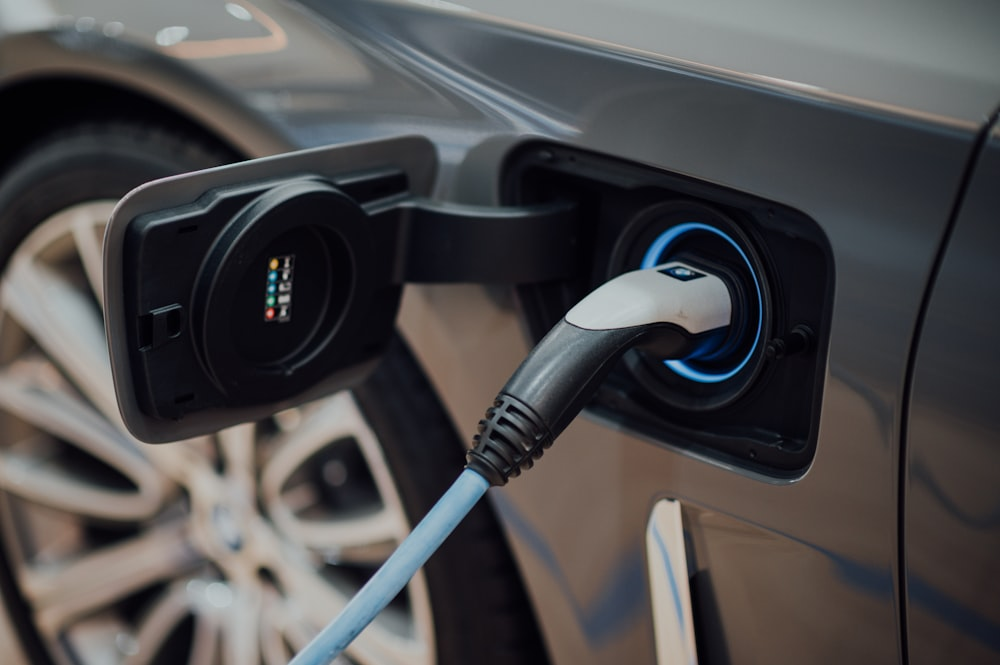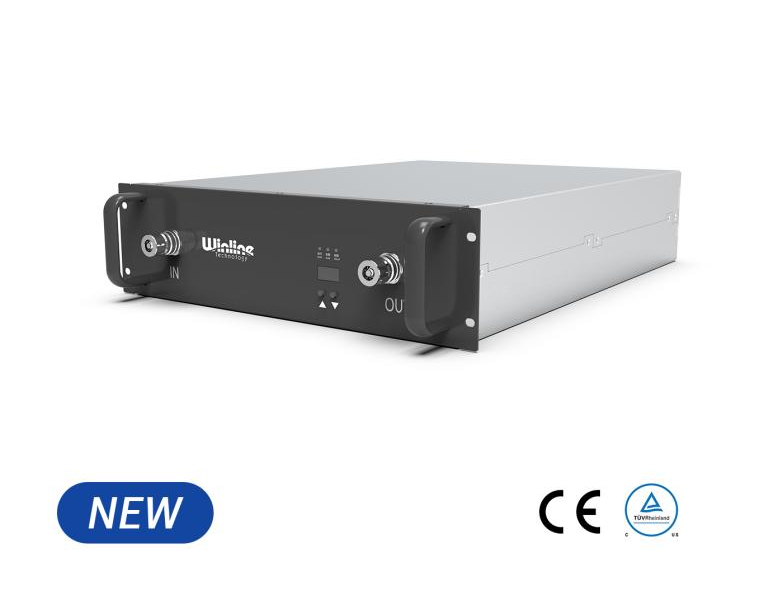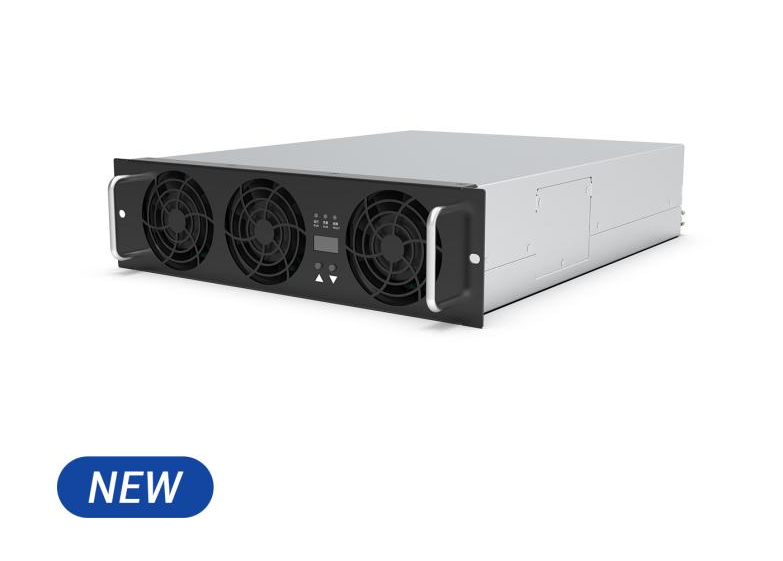In a packed EV charging pile, which is usually placed outdoors, efficient thermal management bears much significance. But the rising summer heat proposes practical challenges. It increases thermal overload and affects power conversion system efficiency, which impacts the EV charging station’s reliability.
The key is to find the right EV charger module with advanced thermal management systems and cooling mechanisms. So, what’s the EV charger power module? How do these EV charging modules work? Which charger modules are better for summer EV rapid charging? This article will cover them all for you!
What‘s the EV Charger Module?
Definition and Role of EV Charger Modules
EV charger power modules are integral components of DC fast charging stations. These modules handle EV quick charging stations’ power conversion and control operations, converting grid AC electricity into the appropriate form for charging EV batteries.
In addition, smart charger power modules also manage charging power depending on vehicle needs and station capacity for safe and efficient charging cycles. Commonly, these modules can provide real-time monitoring and problem detection for greater charging dependability and performance.
Different Types of EV Charger Modules
There are many EV charging modules for different charging rates and purposes. Some common types are:
· Air-cooled EV Charger Power Modules
These power modules utilize air as a cooling medium to dissipate heat generated during the charging process. They usually have fans to control air circulation to remove heat.
· Liquid-cooled EV Charger Power Modules
These EV charging modules use liquids, such as water or special coolants, to more effectively dissipate heat. Liquid cooling systems can handle higher thermal loads compared to air cooling systems, making them ideal for high-power or high-density heat-generating charging applications.
· Bidirectional Charger Modules
These EV power modules support the Vehicle-to-Grid (V2G) technology, which enables the power discharge from the electric vehicle back to the grid or other connected systems. They typically support the transition to a more sustainable and decentralized energy system.
4 Tips to Choose EV Charger Modules for Summer Use
High-Temperature Resistance
EV charger modules for rapid charging stations must withstand the heat waves of summer. Material choices, including ceramics or reinforced thermoplastics, are key because they provide better heat resistance than standard plastics. Also, phase change materials can augment thermal management while absorbing surplus heat during peak temperature times. It confirms that the EV charger power module keeps the finest function without degradation due to undue heat.
Heat Dissipation Design
Efficient heat dissipation helps preserve the durability and enactment of EV charging modules. Heat sinks made from aluminum or copper can transfer heat away from critical components. Further, active cooling systems, including forced air systems using fans, can prevent overheating. For instance, the premeditated placement of vents and fans can promote airflow. It is indispensable when charger modules operate at high power outputs during the summer.
High Efficiency for High Demands
During summer, the demand for EV rapid charging can increase. Therefore, EV charger modules should offer high efficiency to handle this surge in usage. Components like GaN transistors can be beneficial since they operate at higher efficiencies and frequencies than traditional silicon-based components. What is more, unconventional power management systems can heighten power delivery and diminish energy waste during periods of high demand.
Safety Protection Features
Last but not least, safety protection features in EV charger power modules are critical. These include thermal cutoffs and fuses to preclude overheating and electrical fires. Besides that, ground fault circuit interrupters can safeguard against electrical shocks. Furthermore, software algorithms can track and fine-tune charging parameters in real time. This proactive approach helps enrich safety while perceiving and responding to abnormal conditions, including power surges or short circuits.
Top EV Charger Modules from Winline
Fully understanding the challenges, Winline develops top EV charging modules for efficient and safe EV rapid charging in the summer.
LCR100040A 40KW@1000V Liquid Cooling Charging Module
The LCR100040A EV charger module is for harsh heat conditions. Full liquid cooling technology manages heat effectively even at high power output. It performs between 300-1000V with full-load efficiency above 95.5%. This cooling technology assures equipment life and performance in coastal and mining regions with corrosive air and high ambient temperatures.
UXG1K022-22 kW Bidirectional AC-DC (V2G) Charge-discharge Module
The UXG1K022 EV power module is also designed for energy management flexibility and high-temperature endurance. With its bidirectional operation, it can operate over a wide voltage spectrum on both the AC side (260V to 530V) and the DC side (200V to 1000V).
Moreover, its high power density (36W/in³) enhances energy output without compromising on size or efficiency. The dual DSP design strengthens performance across load situations and temperatures for thermally demanding applications, including V2G and energy storage.
About Winline
Winline is an industry-leading enterprise in the EV charging and renewable energy fields. We develop top EV charger modules and EV charging piles by using novel technology. For now, Winline has reckoned 130 innovation patents and 17 PCT international patents, and our efficient products are certified by CE, cTUVus, CGC, TR25, and ADQCC.
Additionally, our broad business scale has covered roughly 40 different countries and regions. With robust R&D strength and manufacturing capacity, Winline is offering quality EV charging solutions for different needs. If you are interested, feel no hesitation to contact us for more!



